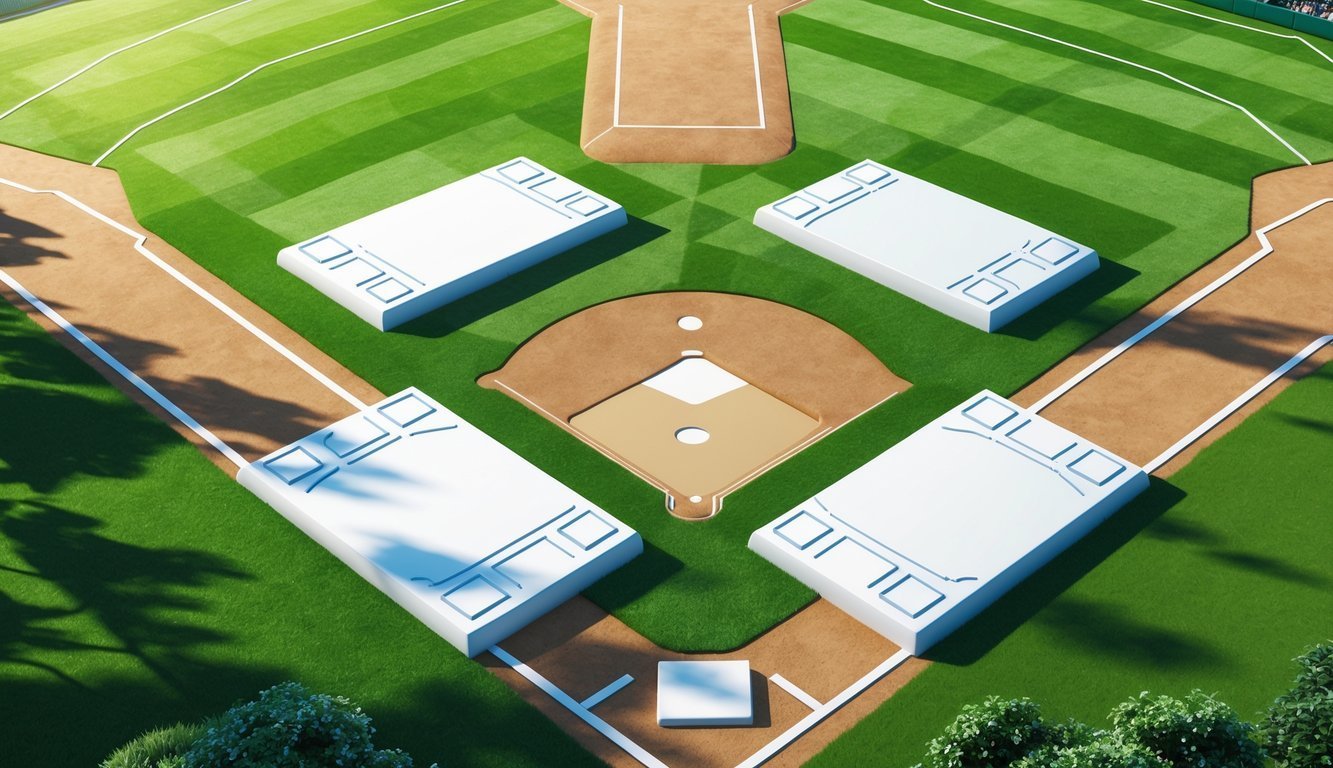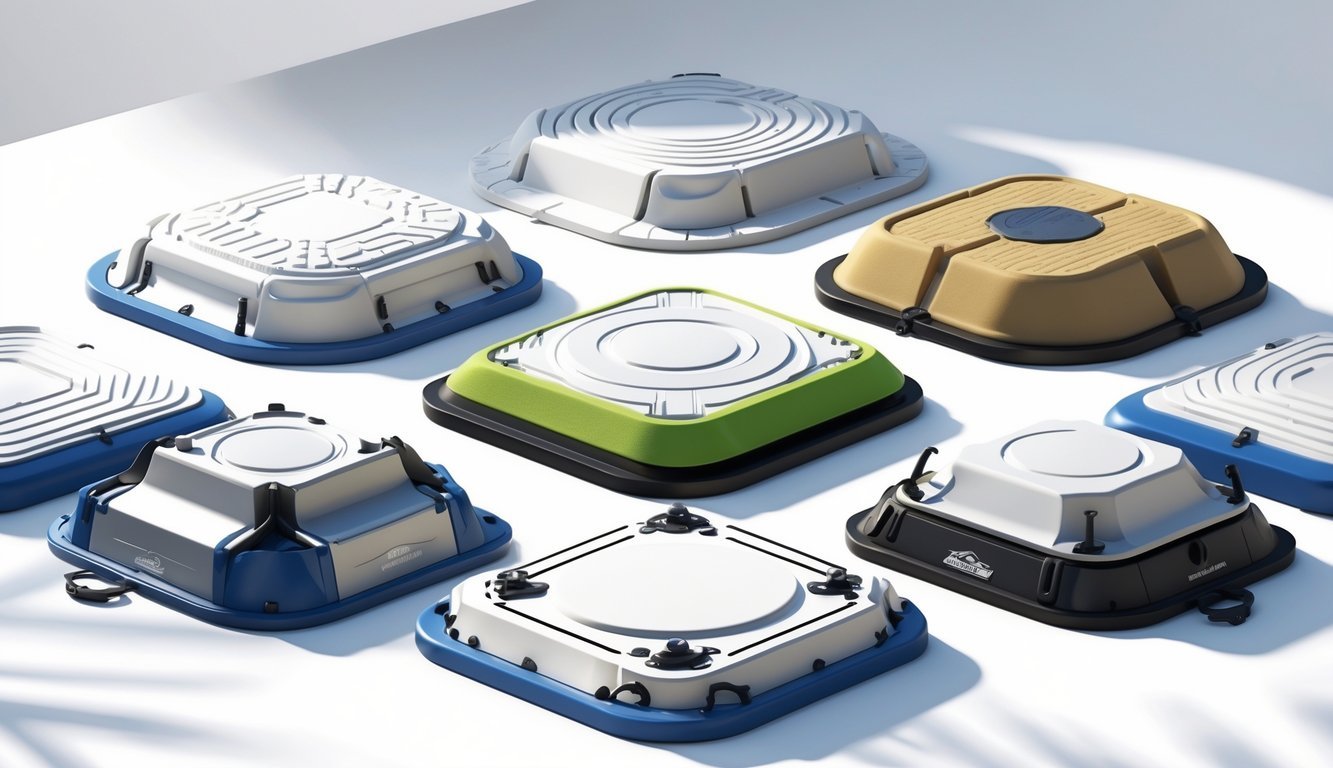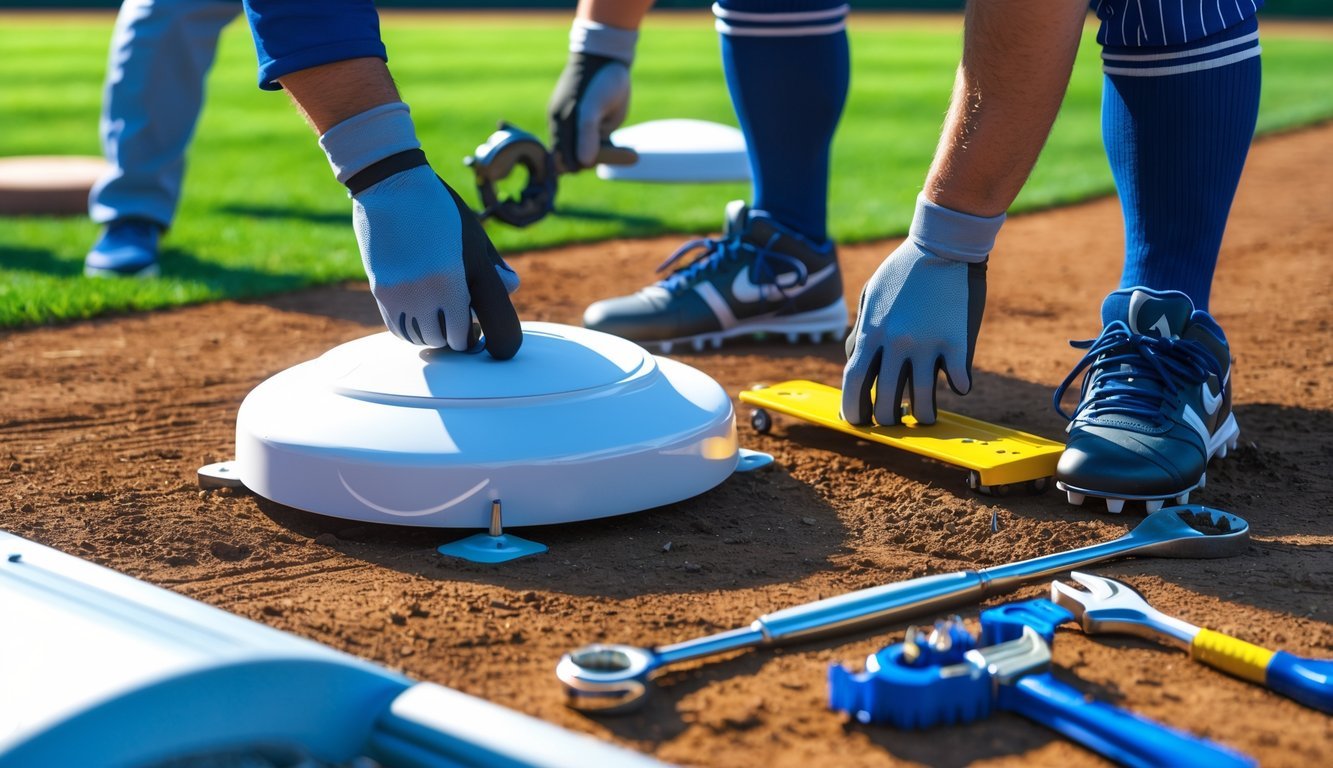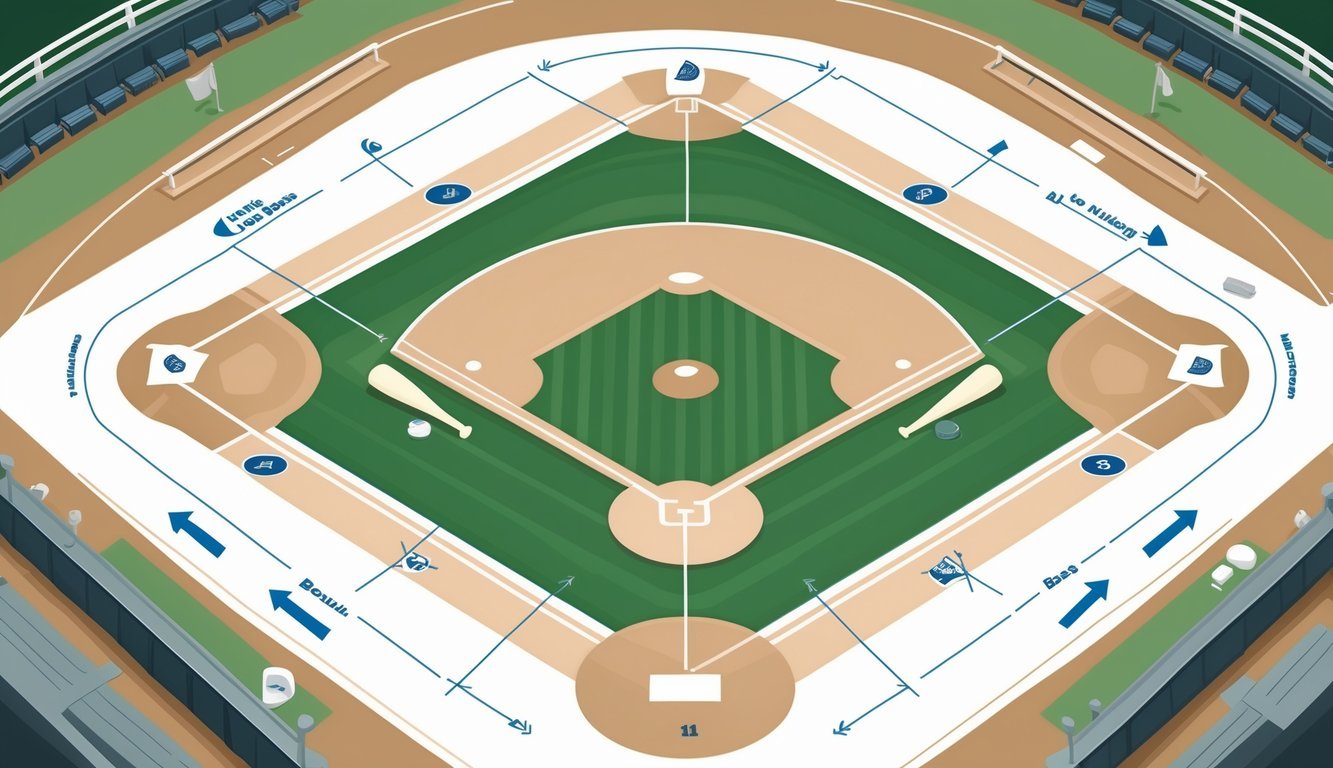PsychNewsDaily Publishers
100 Summit Drive
Burlington, MA, 01803
Telephone: (320) 349-2484
PsychNewsDaily Publishers
100 Summit Drive
Burlington, MA, 01803
Telephone: (320) 349-2484
Baseball bases are essential for gameplay, marking running paths and scoring areas, with various types suited for different surfaces and player safety needs.

Baseball bases really shape the game—they mark the spots where players run, tag up, and score. Whether you’re playing in a league or just tossing a ball around at the park, picking the right bases matters more than you might think.
You’ll see all sorts of baseball bases out there: anchored, throw-down, double bases—each type suits different games and skill levels.
Manufacturers use materials like tough rubber or quilted foam, so you’ve got options that work on grass, dirt, or even pavement. Some bases are light and portable, while others stay put for official games.
If you know what you need, you’ll keep your game safe and fun—nobody wants to trip or get hurt.
Understanding the basics of baseball bases will help you improve your playing area, whether it’s for softball or baseball.
You’ll find tips here on picking the right bases, keeping them in shape, and getting the best bang for your buck.

You’ll find bases built for just about every kind of game. Some bases sit firmly in the ground, while others come off easily during play.
A few are super portable and perfect for practice. Each kind helps keep players safe and works on different field surfaces—even artificial turf.
Traditional anchored bases stay fixed in the ground, so they don’t budge during the game. You’ll spot these on most official fields, especially in Little League or adult leagues.
Manufacturers make anchored bases from tough materials to handle lots of wear. They include home plates and pitching rubbers that stay anchored for stability.
These bases aren’t easy to remove, but they give players a safe, solid spot to step or slide.
They work best on natural grass and turf fields if you install them right. If you need to move or store bases a lot, anchored ones can be a bit of a hassle.
Breakaway bases help prevent injuries by popping loose if someone slides into them hard. They use a release mechanism, so the base comes off under pressure.
Magnetic bases stick to a metal plate in the ground with strong magnets. You can remove and reset them without much effort.
Both styles protect players during slides and help prevent tripping. They work on turf and grass fields and are popular in youth baseball.
Throw-down bases are lightweight and easy to carry. You can toss them in a bag and set up a game anywhere.
Most throw-down bases are soft or made of foam to keep players from getting hurt. They work on any surface—turf, grass, dirt, you name it.
Portable bases don’t need anchors. Some use magnets or extra weight to stay put during play.
They might shift a bit if you step on them, but they’re super convenient and safe for practice or informal games.

Picking the right baseball bases and keeping them in good shape really changes how your games go. Think about what materials will last, how to keep everyone safe, and how you’ll set up and care for your gear.
When you choose bases, go for materials like heavy-duty rubber or vinyl—they last a long time and can handle rough play. You won’t have to replace them as often.
Professional bases usually use tougher stuff to meet rule 1.06 about safety and durability.
If you move your bases a lot, pick something lightweight but still sturdy. Some bases come with anchors that are easy to use but keep things steady during play.
You can remove them quickly after the game, which is handy.
Player safety should always come first. Soft, padded edges help prevent scrapes and bruises if someone slides or trips.
Look for bases that stay firmly in place so they don’t slide around and cause falls.
Bases that follow Rule 1.06 have the right size and height, which keeps things fair and safe. Good cushioning and solid anchors help prevent injuries.
You should check your bases for cracks or warping—replace them before they turn into a problem.
Install your bases with anchors set below the surface. This stops the nail drag from catching and tearing up the base or field.
Keep bases clean to avoid slippery dirt buildup and to make them last longer.
Just rinse them, give a quick scrub with mild soap, and let them dry. Doing this regularly keeps your field safe and your bases looking good.
If you’ve got nets or other gear nearby, make sure bases have enough space around them so players don’t run into anything.
Checklist for installation and care:
These steps help your equipment last and keep everyone safer.

Got questions about baseball bases? Here are some quick answers about layouts, sizes, where to buy, and what to look for.
Bases in baseball sit in a diamond shape—a square, really.
Each side is 90 feet long if you’re playing professional baseball.
The bases themselves usually measure 15 inches on each side and are square.
You can buy baseball bases at most sporting goods stores or online.
Look for equipment made for kids or casual games—these bases are usually softer to avoid injuries.
Bases are 90 feet apart.
That’s the standard for Major League Baseball and pretty much all adult leagues.
Portable bases often have flat bottoms or spikes so you can put them on grass with no trouble.
Throw-down bases are light, easy to carry, and perfect for practice or pick-up games.
You’ll want foam or rubber bases that are smaller and softer.
They help prevent injuries and are easier for kids to use during play.
You’ll usually see bases in white. But honestly, they sometimes show up in orange, red, or even blue.
Some teams use colored bases to make them easier to spot during practice. Others bring them out for special events—kind of fun, right?